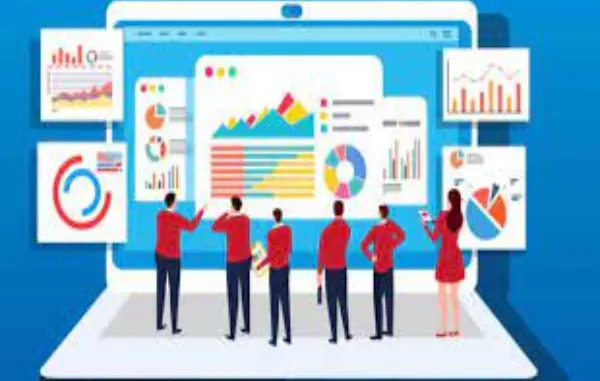
Data has become one of the most valuable assets for companies trying to improve how they operate, make decisions, and stay competitive. Many industries now treat data as a regular part of business planning and forecasting. This is no longer limited to tech firms or analysts in finance. Even sectors once thought to be less reliant on data are now turning to analytics to stay ahead.
One example of this shift can be seen in how predictive analytics is being used by sportsbooks. Today, sportsbooks rely on massive amounts of real-time data to update odds and make accurate predictions. In fact, top sportsbooks for college football betting use historical game data, player stats, and even live data from the field to adjust their numbers in real time.
That level of detail is similar to what many businesses aim for when making marketing or inventory decisions. So the question becomes: are businesses truly using data effectively, or are they just collecting it without knowing what to do next?
Knowing the Tools Is One Thing, Training Is Another
Buying an analytics tool is easy. Knowing how to use it is the hard part. Businesses often assume that software will fix their data problems, but tools don’t run themselves. They need people who know what to do with the output.
A clear issue here is the data science skills gap. Companies are buying tools they can’t fully use because they lack trained staff. A trained data scientist, or even someone with basic analytics knowledge, can be the difference between insight and confusion. If no one on the team knows how to ask the right questions, then the software output won’t mean much.
This gap is why many companies look to outside resources. Some hire consultants, others outsource entire projects. But the real fix is in organizational change: training staff across departments, from sales to leadership, so everyone has at least a basic grasp of how analytics works.
Security Can’t Be Left for Later
As businesses collect more data, privacy and security are becoming harder to manage. The risk of loss, leaks, or misuse grows with every new dataset. Many companies are behind on this, treating data protection as a technical detail instead of a core part of the plan.
Apple, for instance, gives users full control over what’s shared and with whom. Its ads highlight privacy by design, showing users how their personal data isn’t auctioned off or silently tracked.
Adobe has taken a similar approach, it offers users a clear dashboard through its Privacy Center to manage what data is collected and how it’s used. On the other hand, companies that ignore these steps open themselves up to serious risks.
Without encryption, access controls, or policy audits, even basic systems can become entry points for attackers or internal misuse. Security isn’t just about compliance, it’s about trust. Once lost, it’s hard to earn back.
Public and Synthetic Data Are Underused
Not all useful data has to come from within the company. Some of the most practical sources are free and public, or even generated synthetically. Yet many businesses don’t take advantage of this.
Synthetic data, like that built from Generative Adversarial Networks (GANs), allows companies to create realistic but artificial datasets. These can be financial models, customer behavior patterns, or risk scenarios.
It’s especially useful for businesses that don’t yet have large amounts of real data or want to test systems without exposing private info. Using outside data doesn’t mean sacrificing accuracy. In fact, it often improves model reliability and reduces the cost of experimentation.
Data Strategy Needs Long-Term Support
A one-time launch isn’t enough. Many businesses invest in data tools but forget the long-term work needed to keep them useful. Lack of support after launch is a top reason analytics projects fail. The tools are out there, and so is the knowledge. The real challenge is making data part of how the whole organization thinks and works.

Leave a Reply